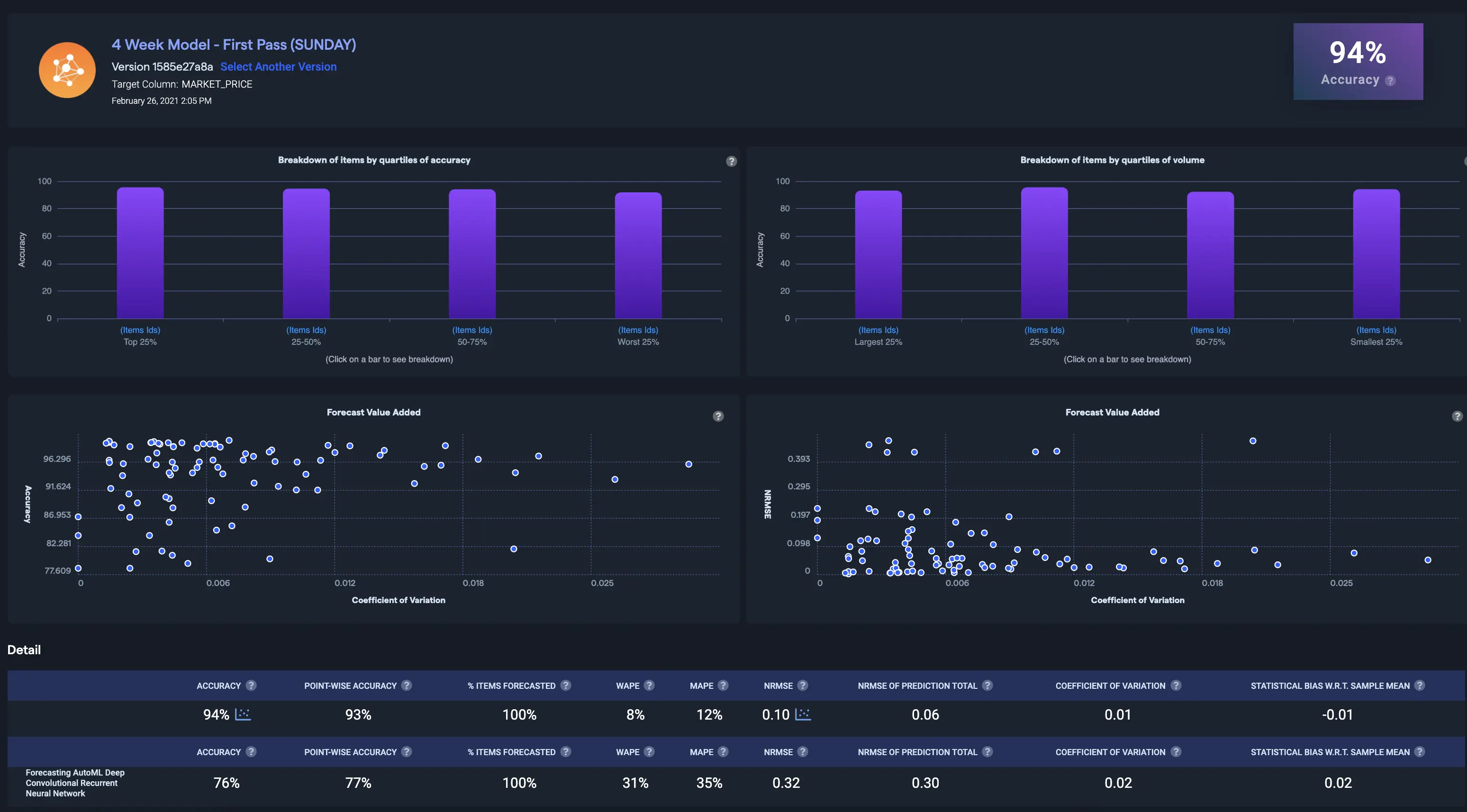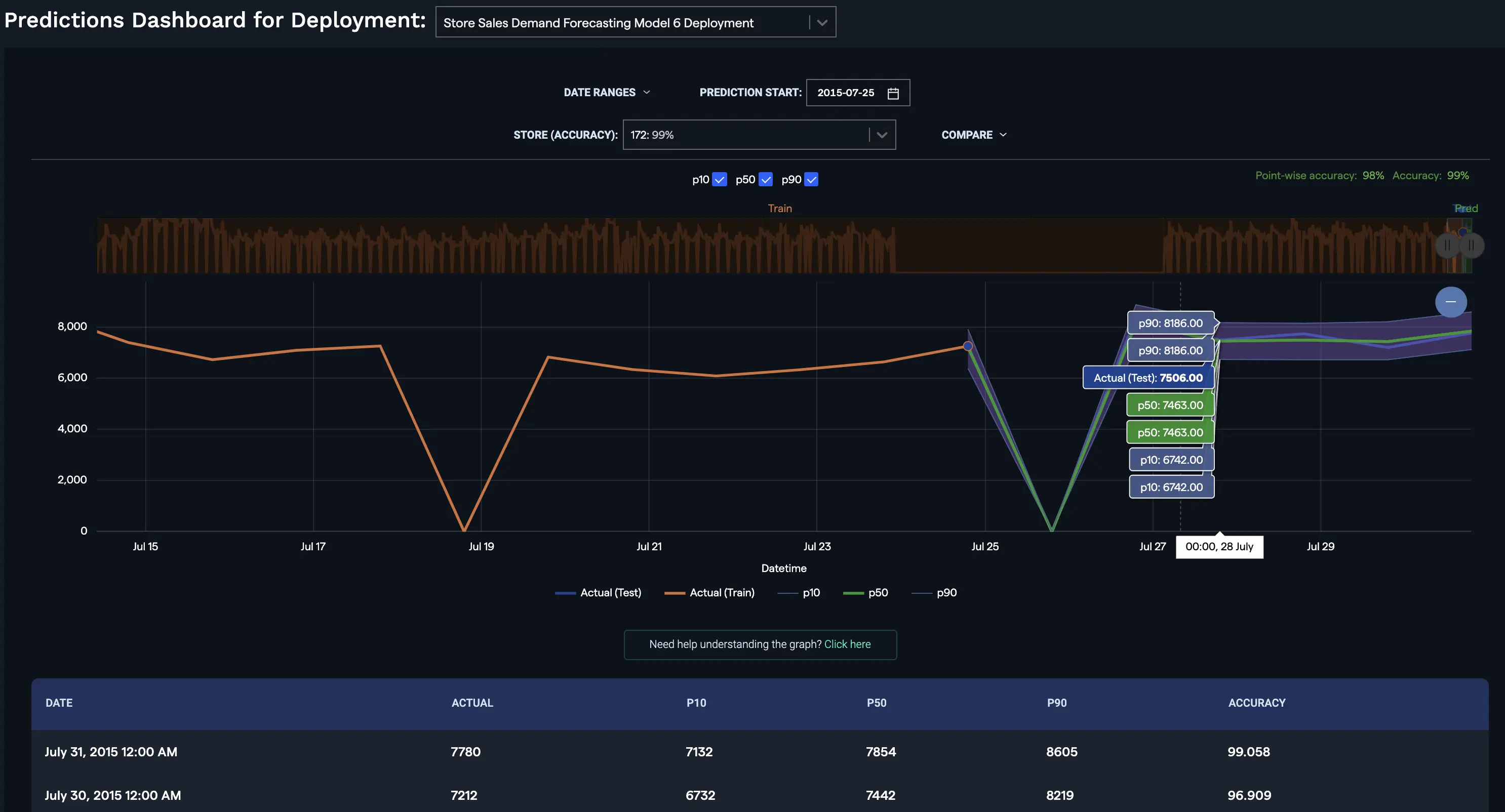
Overview
Use Cases
Customer Churn Prediction
Time Series Anomaly Detection
Event Anomaly Detection
Cloud Spend Alerts
Personalized Promotions
Predictive Modeling
Real-Time Forecasting
Financial Metrics Forecasting
Demand Forecasting
Feature Group Requirements
Training Models
Evaluating Predictions
Predictions
Cumulative Forecasting
Text extraction and classification
NLP Powered Search
Sentiment Analysis
Finetuned LLM
ChatLLM
Language Detection
Image Classification & Detection
Object Detection
Clustering
Timeseries Clustering
Sales and Revenue Forecasting
Predictive Lead Scoring
Personalized Search
Personalized Recommendations
Related Items
Model Drift and Monitoring
Tensorflow with Vector Matching
Custom Python Model
Data Ingestion Streaming
Feature Store
Vector Store
AI Workflows
Named Entity Recognition Guidelines
Optimization
Connectors
Authentication
Getting Started with the Python SDK
API
Documentation Chat Bot
API Search
How to


